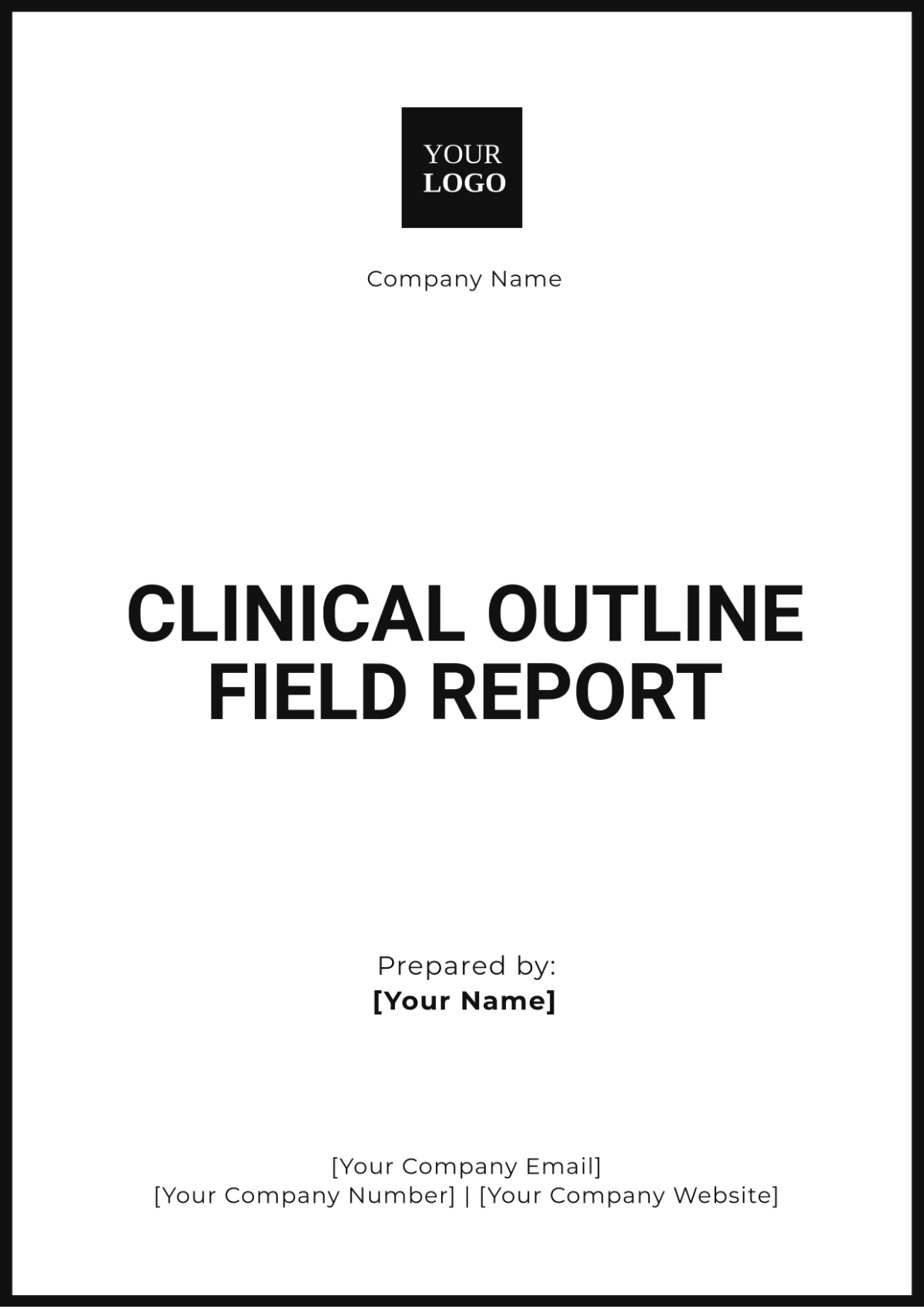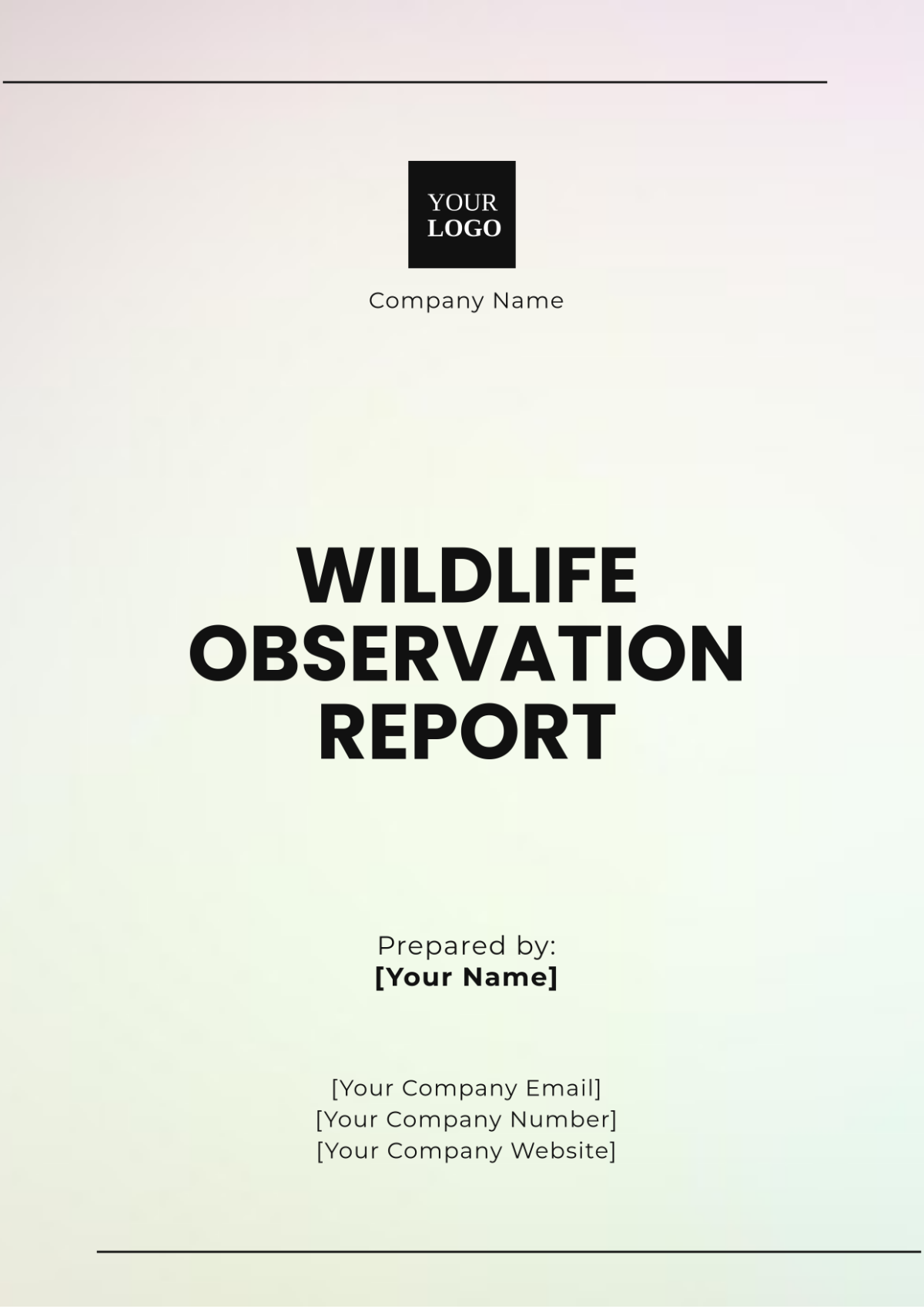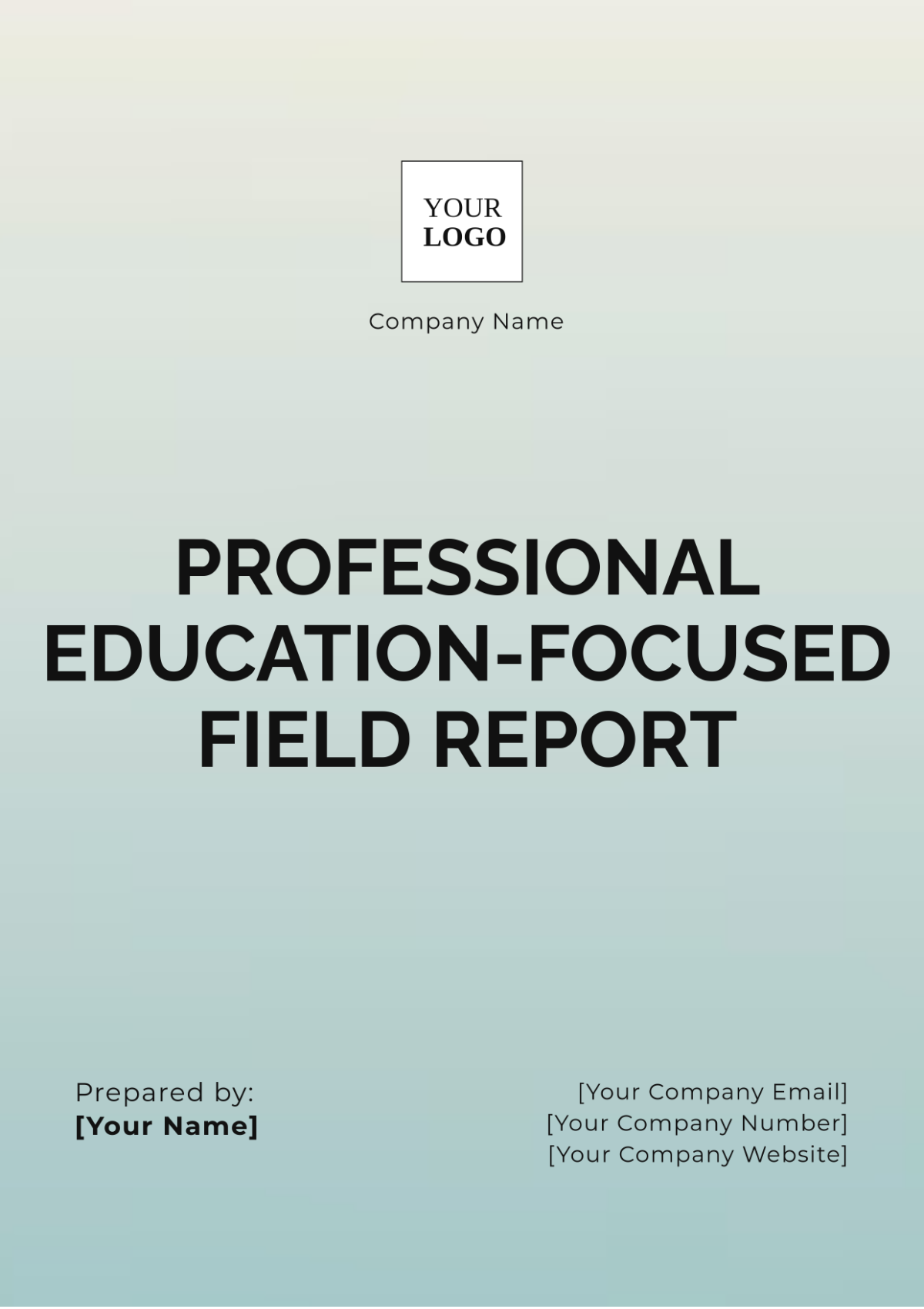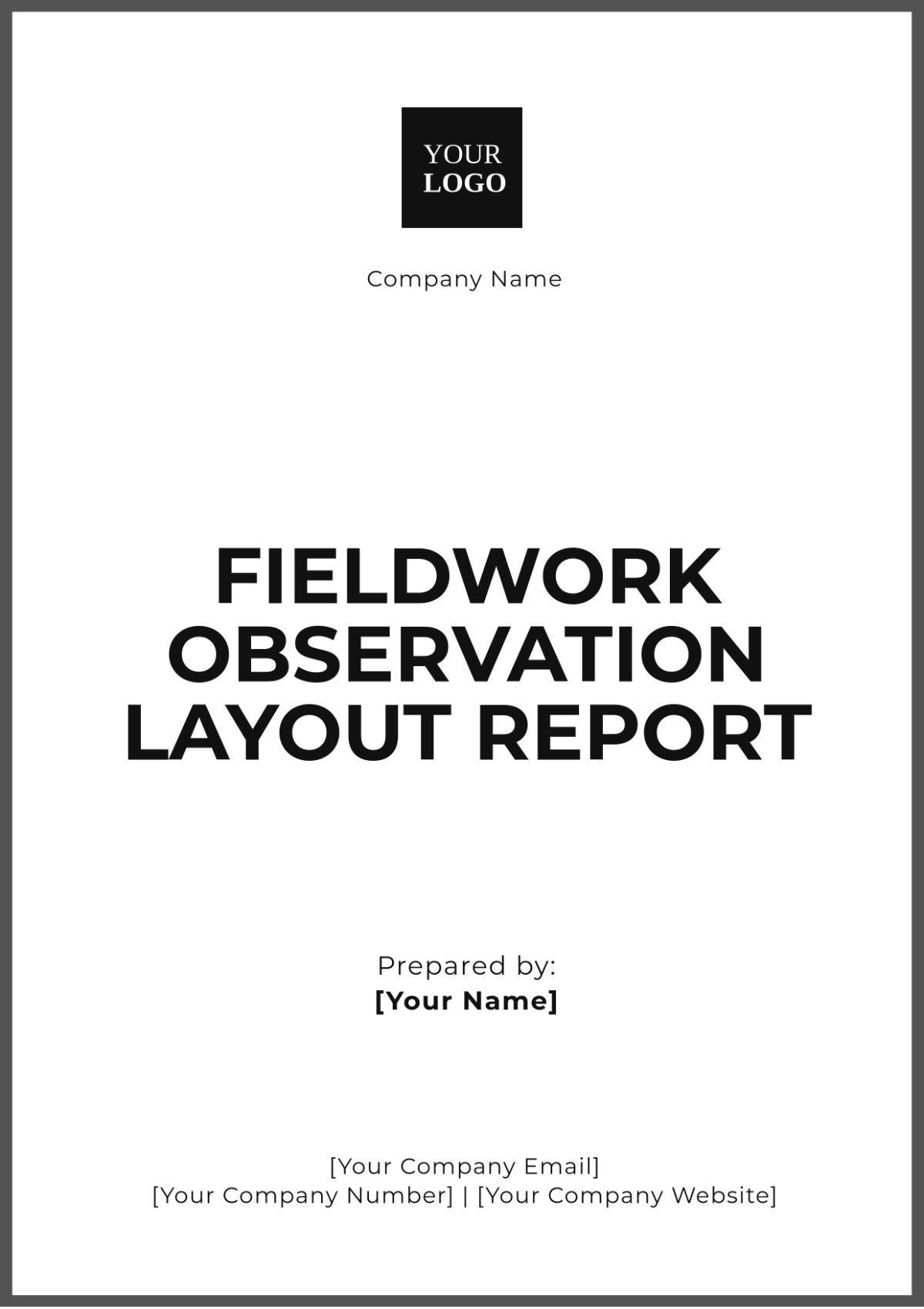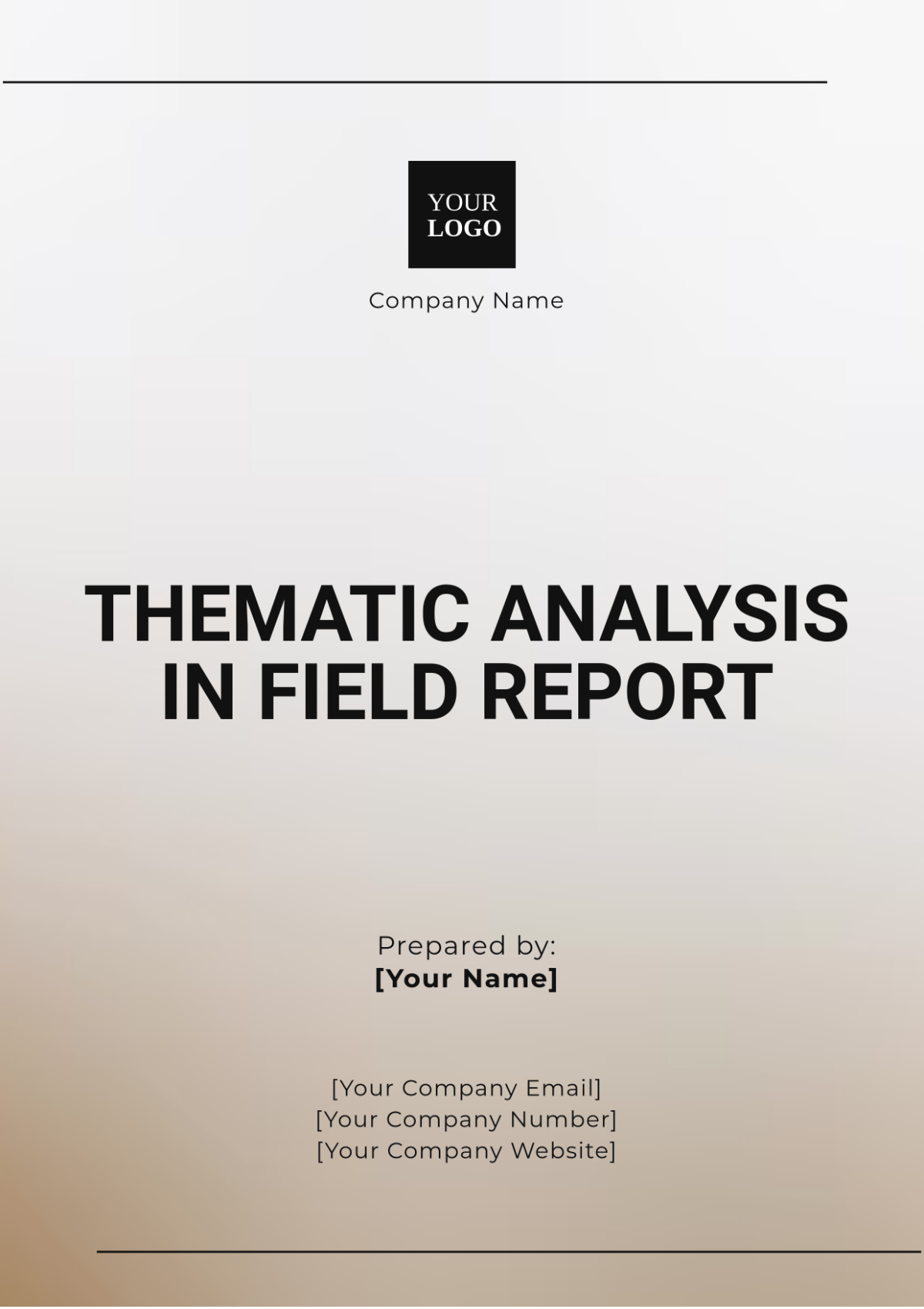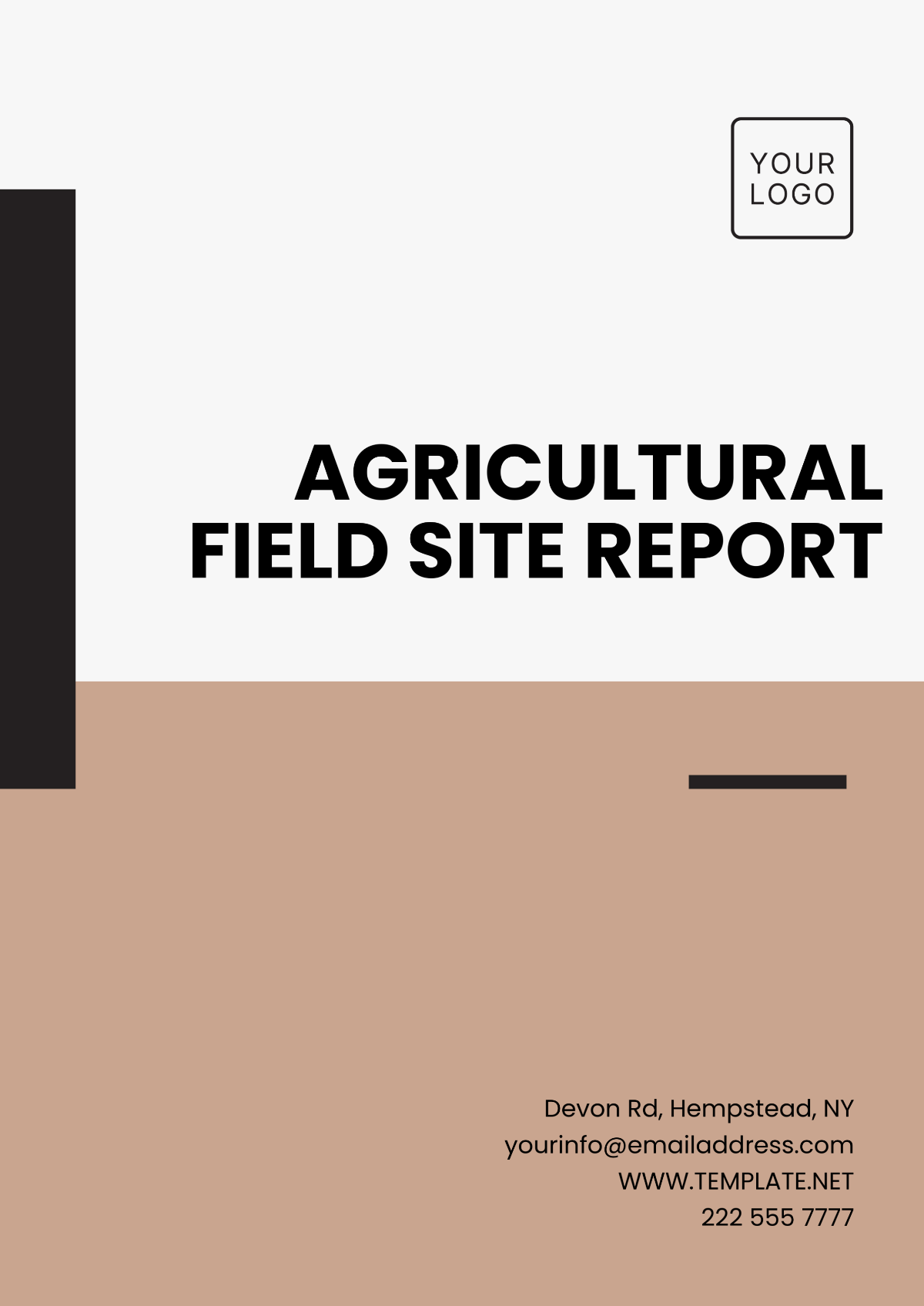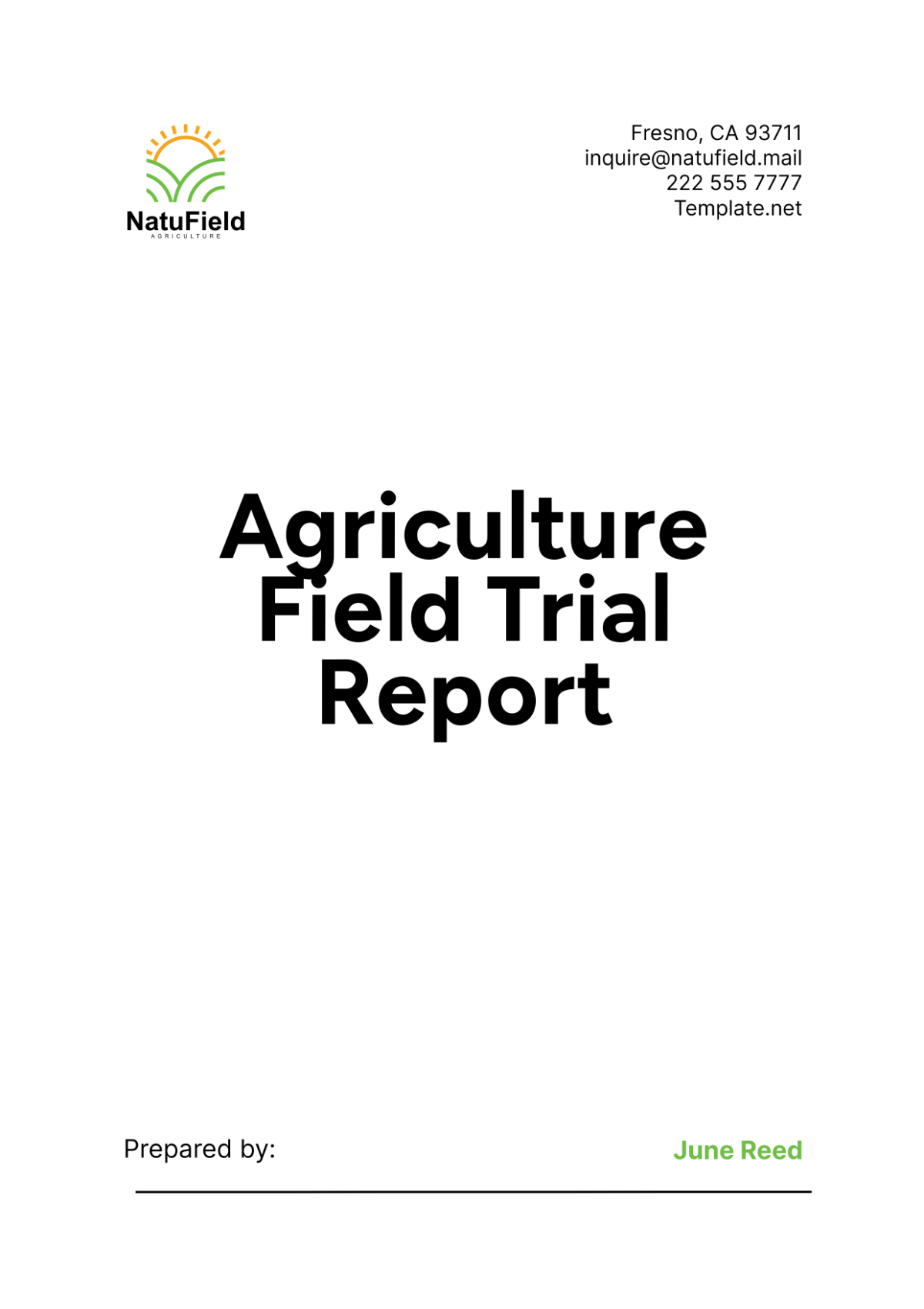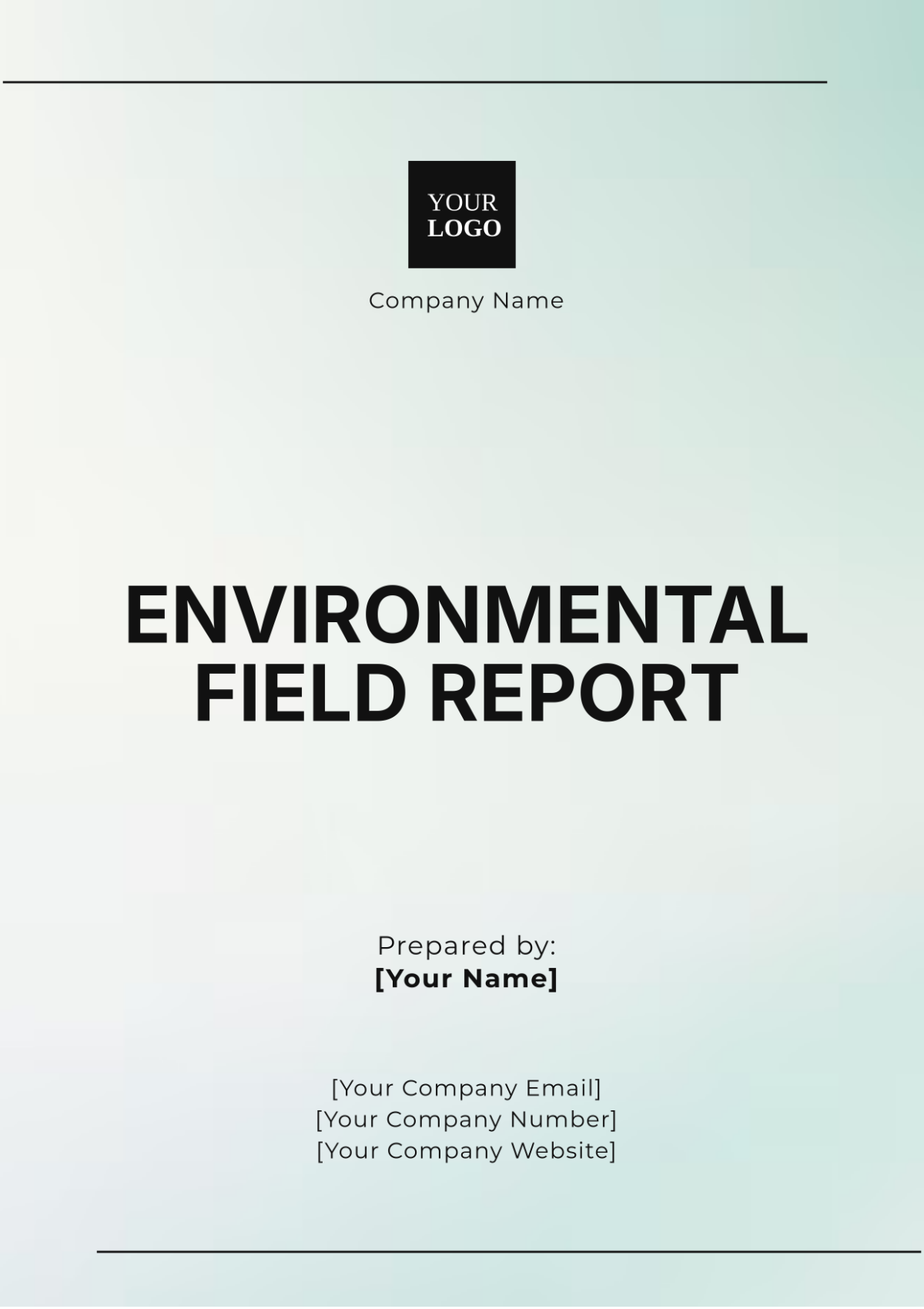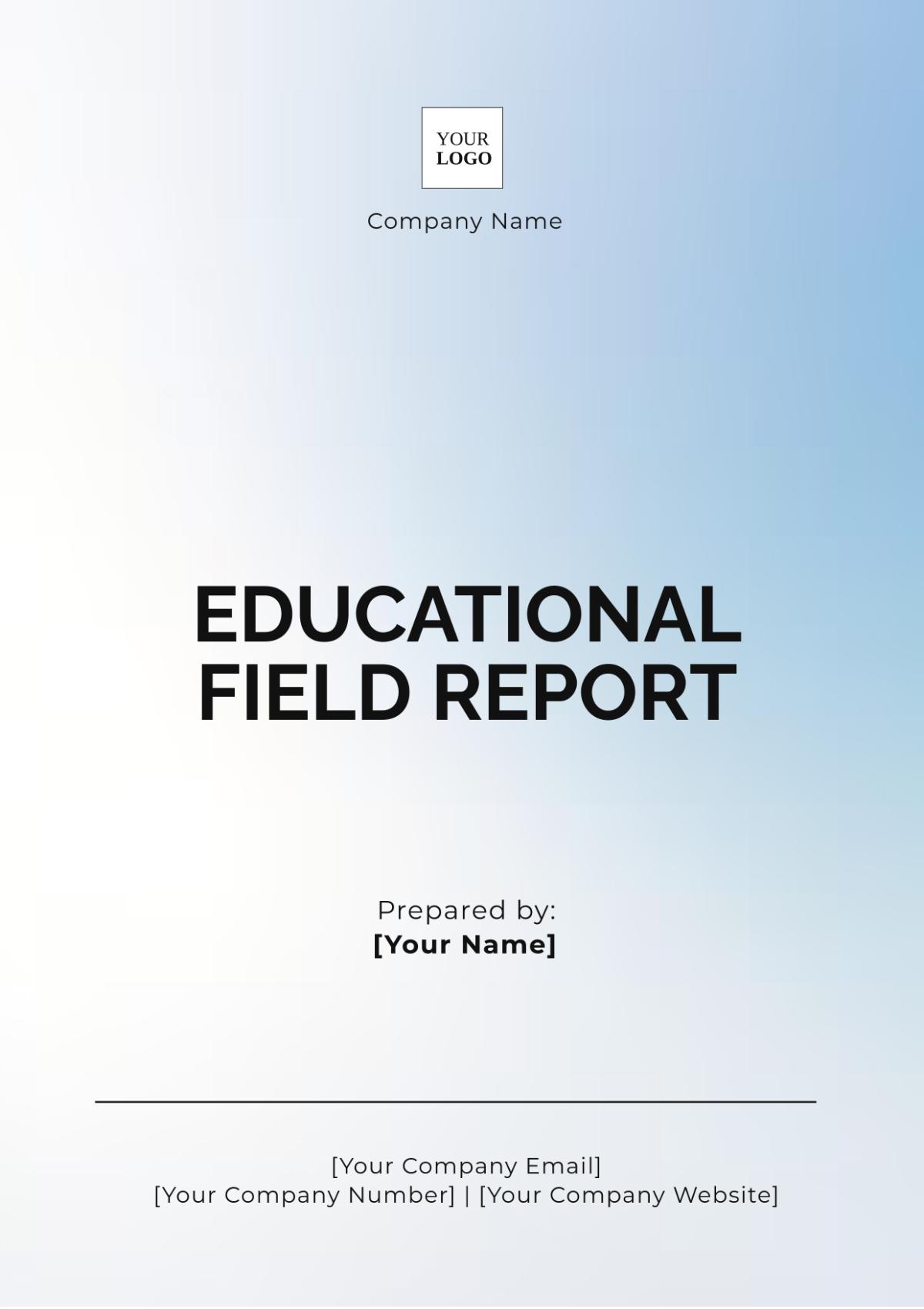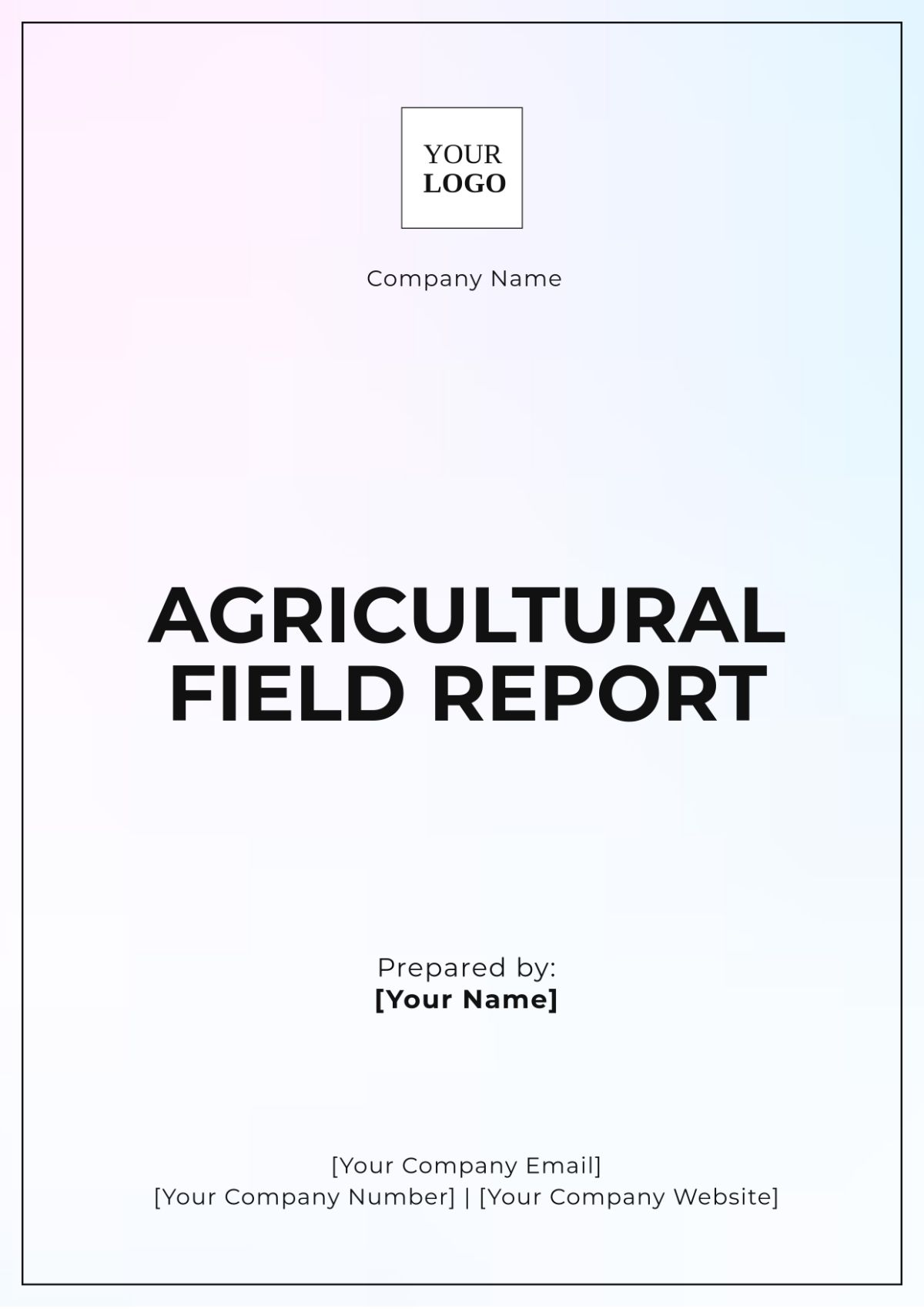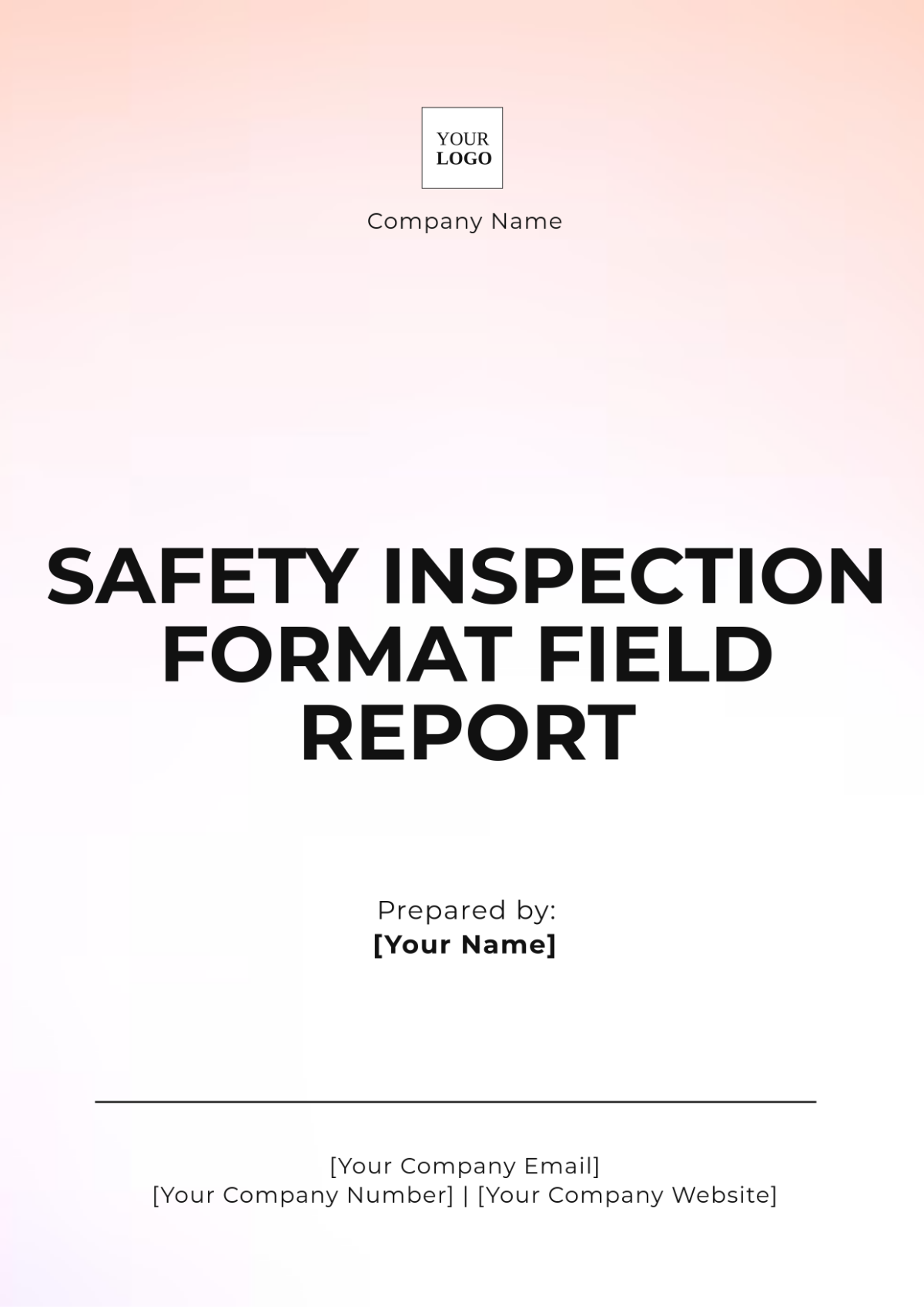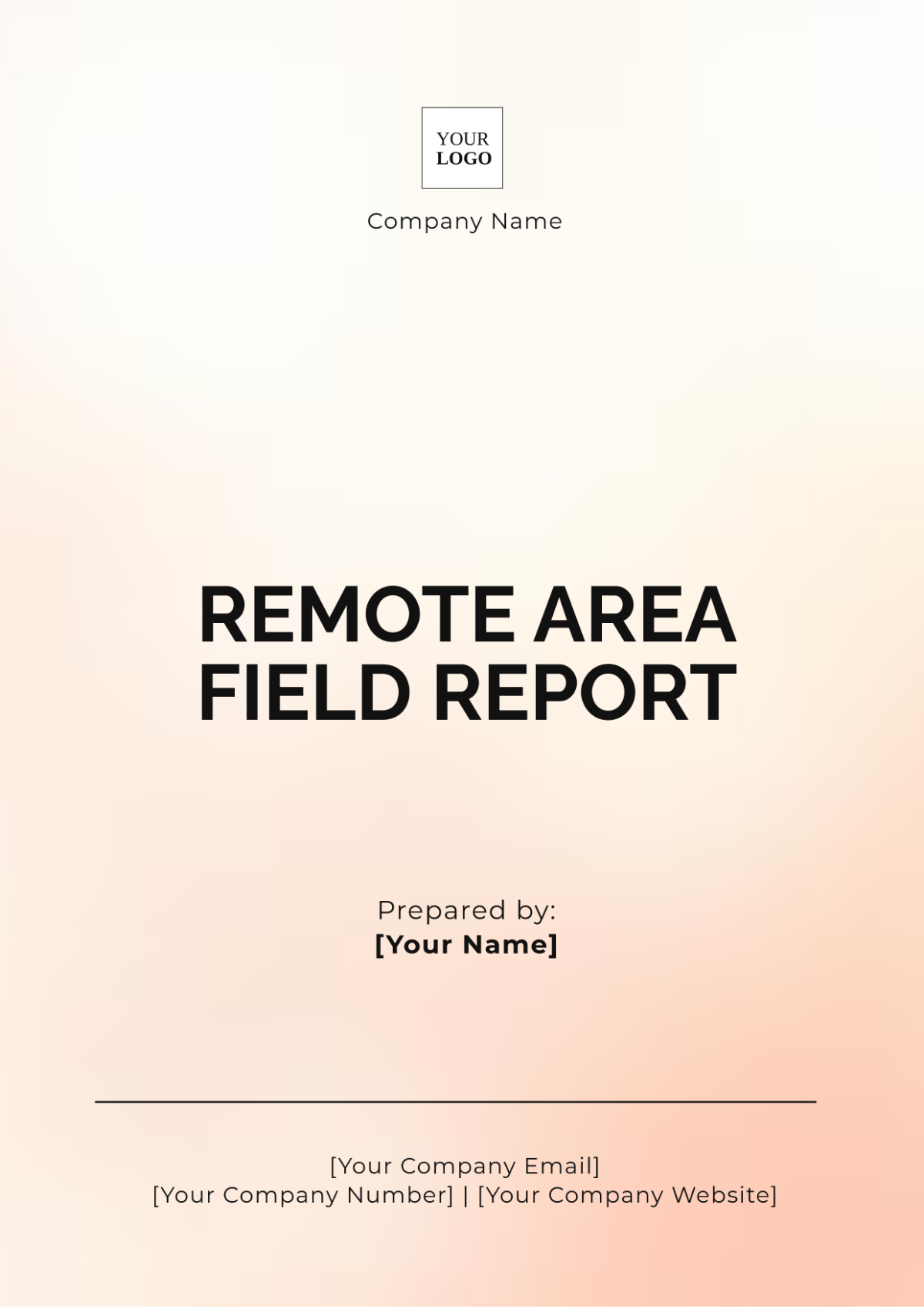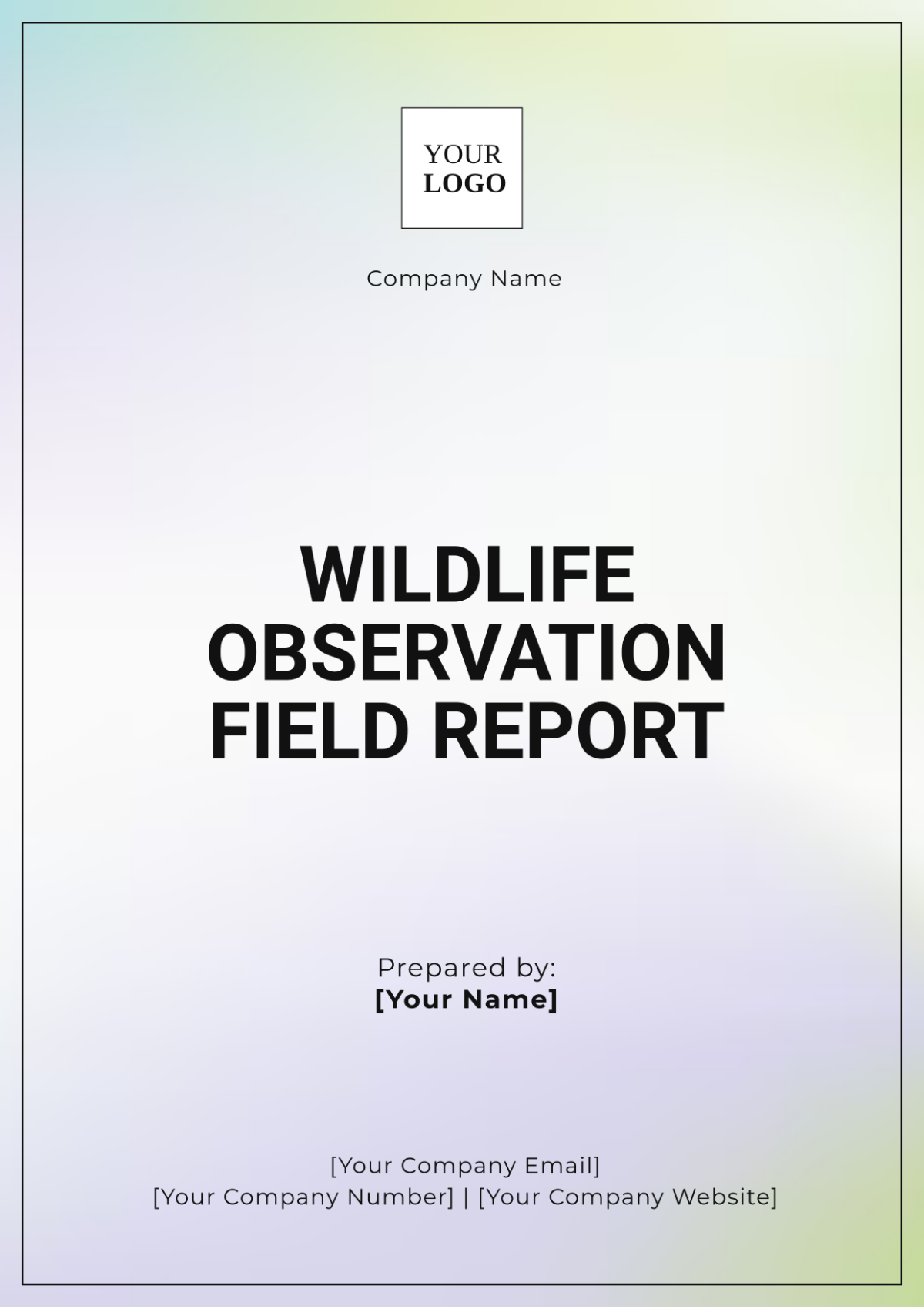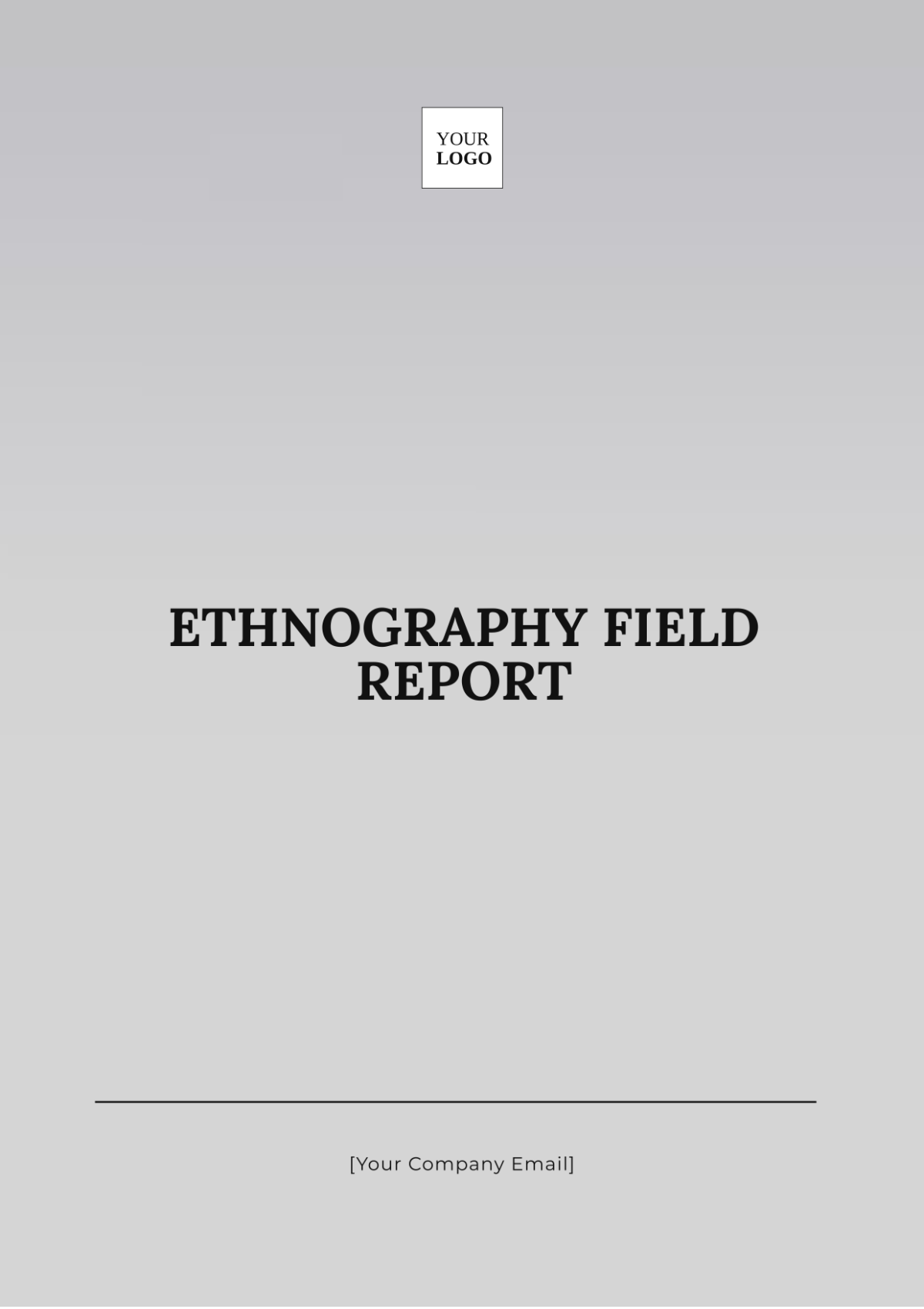Ethnography Field Report
Prepared by: [Your Name]
Date: [Date]
I. Introduction
This ethnography field report aims to explore the social dynamics and cultural practices of a rural village, Greenfield, located in the northern region of Country X in the year 2050. The objective of this study is to understand how traditional practices are maintained in the village and how these practices influence community cohesion, social roles, and economic activities. The study provides insights into the daily lives of the villagers, their interactions, and the impact of modernization on their traditional ways of living.
II. Literature Review
Recent studies on rural communities in Country X have highlighted the importance of traditional practices in maintaining social order and community bonds. Researchers such as Nguyen (2058) and Patel (2059) have emphasized the role of rituals, festivals, and kinship networks in shaping the social structure of these communities. However, there is limited research on how these traditional practices are being influenced by the increasing exposure to urban lifestyles and economic changes in the 2060s. This report builds on existing literature by focusing on a contemporary rural village and examining the balance between tradition and modernity.
III. Methodology
The data for this report was collected through a combination of participant observation, in-depth interviews, and informal conversations with the villagers of Greenfield over a three-month period in 2050. Participant observation involved immersing in the daily activities of the villagers, attending community events, and observing social interactions in various settings, such as the local market and village gatherings. Interviews were conducted with a diverse group of participants, including community elders, young adults, and local business owners, to capture a wide range of perspectives on community life and changes. Field notes were meticulously recorded to document observations and experiences.
IV. Field Observations
Traditional practices such as communal farming and local festivals remain central to the village’s social life.
The village is organized around a central square where most social interactions and events take place.
During the harvest season, villagers engage in communal farming activities, working together to harvest crops.
Harvest activities are followed by communal meals and celebrations, reinforcing community bonds.
The village festival, held in the middle of the study period in 2050, featured traditional dances, music, and rituals, showcasing the community’s cultural heritage.
Younger villagers are increasingly adopting urban lifestyles:
Evident in their clothing choices.
Increased use of technology.
Growing aspirations for education and jobs outside the village.
V. Analysis and Interpretation
The data reveals a complex interplay between maintaining traditional practices and adapting to modern influences.
Communal activities and festivals play a crucial role in reinforcing community bonds and cultural identity.
The younger generation's exposure to urban culture and education is causing a shift in social dynamics.
Young adults are redefining their roles within the community, moving away from traditional agricultural work.
There is a trend of young people seeking employment opportunities in nearby towns or cities.
This trend indicates a gradual transformation of the village’s social structure.
Traditional practices are coexisting with emerging modern influences.
VI. Discussion
The findings of this study have several implications for understanding rural community dynamics in the context of modernization in the 2050s. While traditional practices continue to play a significant role in fostering social cohesion, the increasing influence of urban culture among the younger population suggests potential challenges in maintaining these practices in the future. This dual existence of tradition and modernity requires a nuanced understanding of how communities adapt to external changes while preserving their cultural identity. The village of Greenfield exemplifies a transitional phase where both continuity and change are evident, providing valuable insights for policymakers and community leaders interested in rural development and cultural preservation.
VII. Conclusion
This ethnography field report provides a detailed account of the social dynamics in Greenfield, a rural village in Country X, highlighting the importance of traditional practices and the impact of modernization in the year 2050. The study reveals that while traditional practices are still central to community life, there is a growing influence of urban culture among the younger generation. This coexistence of tradition and modernity presents both opportunities and challenges for the future of the village. Further research could explore similar dynamics in other rural communities to gain a broader understanding of the impact of modernization on traditional societies in the latter half of the 21st century.
VIII. References
Patel, R. (2051). Rural Communities in Transition: The Impact of Urbanization on Traditional Practices. Journal of Cultural Studies, 30(3), 45-67.
Nguyen, T. (2050). The Role of Festivals and Rituals in Rural Community Life. Social Anthropology Quarterly, 52(1), 89-104.
IX. Appendices
Appendix A: Interview Transcripts
Appendix B: Field Notes and Observations
Appendix C: Photographs from the Village Festival
Appendix D: Survey Questionnaire Used in the Study



